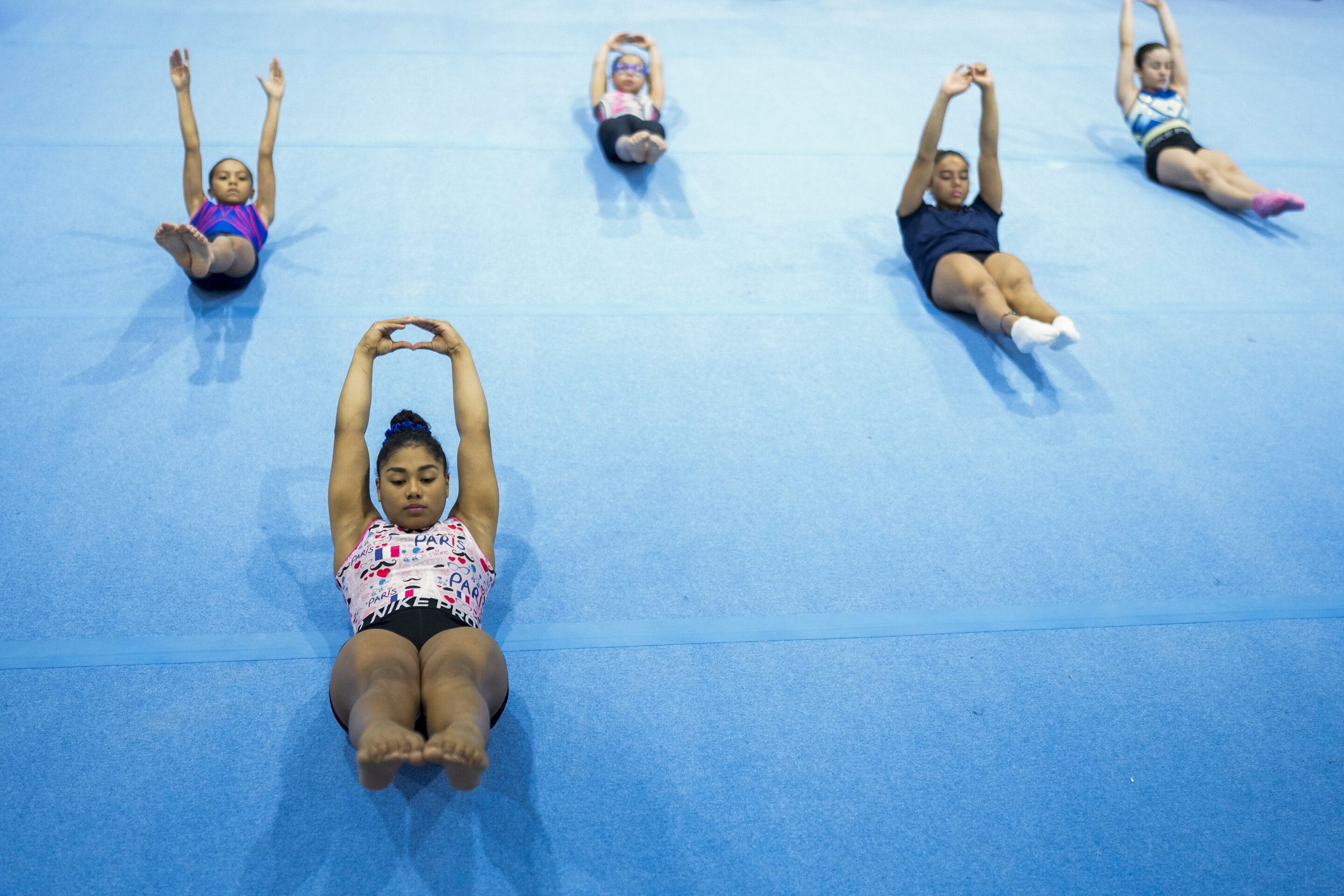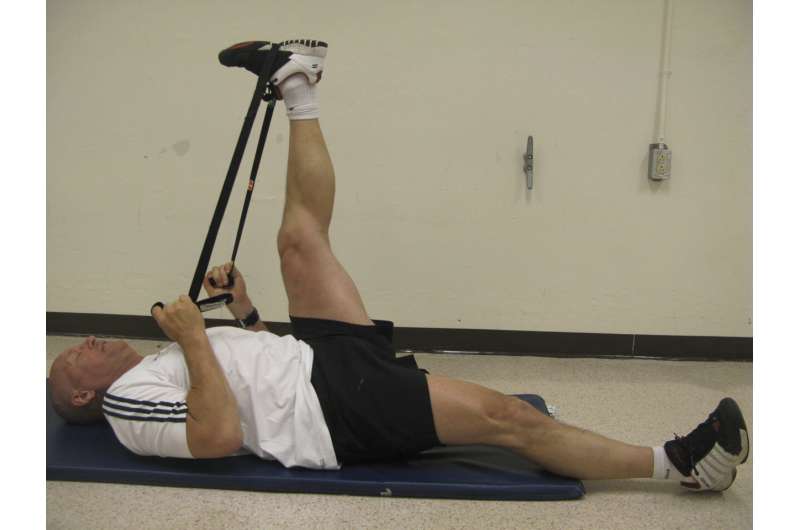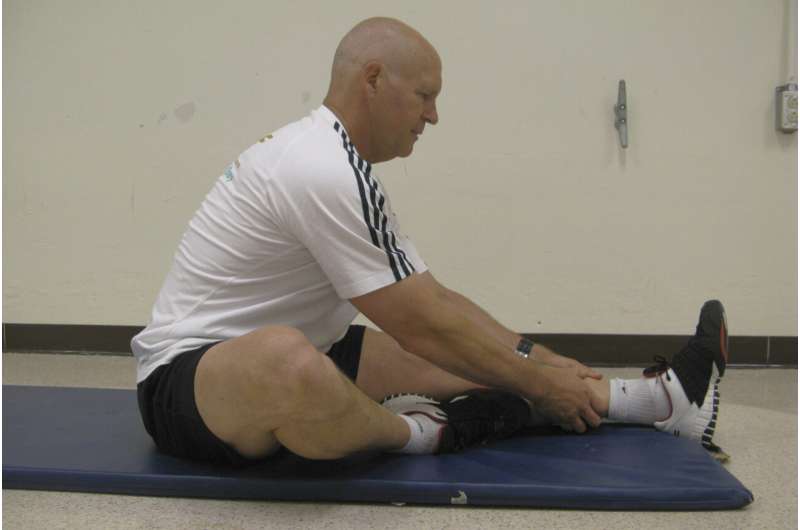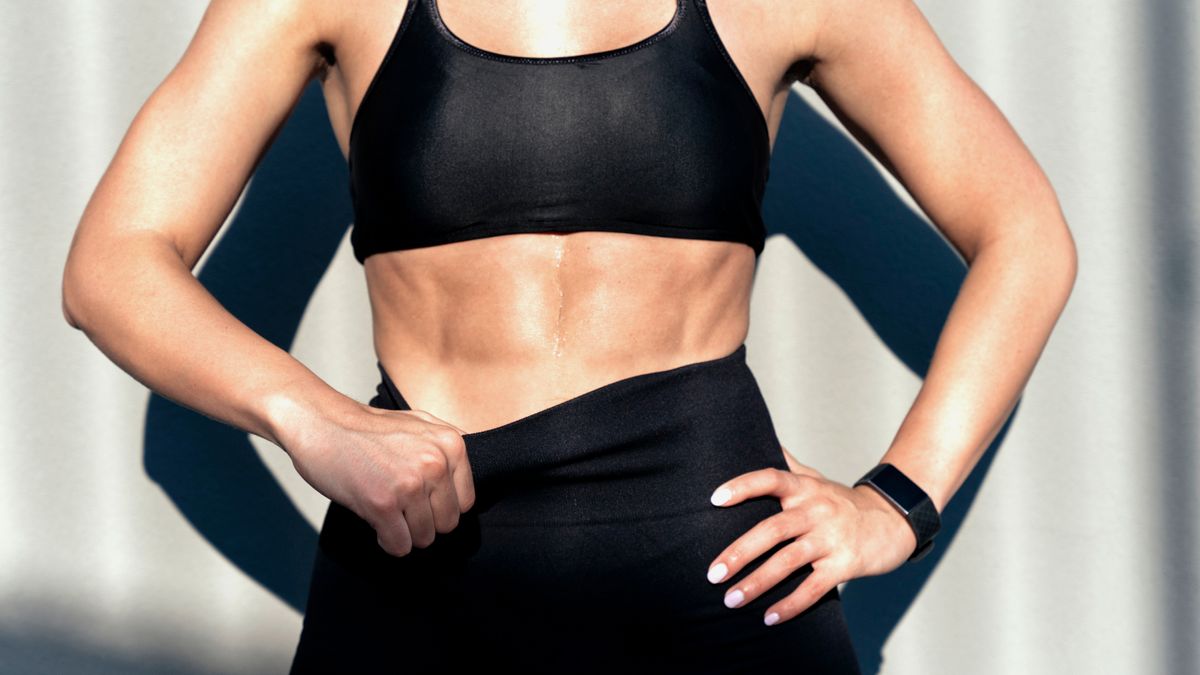Maybe you’re just bored of sit-ups or they’re off the table from back pain, tight hips, or limited mobility. Great news — you don’t them to build a stronger core. Here’s one abs exercise you can do without sit-ups or weights.
In recent years, the tides have turned as instructors turn their backs on sit-ups in favor of the best abs exercises that are low impact for your back. That doesn’t mean a sit-up doesn’t have value — just that you don’t need the ab exercise to strengthen your core.
Below, I cover how to do hanging oblique raises — one of my go-to exercises whenever I have a pull-up bar in my sights. Here’s how to do them, the benefits and why you might consider trying them as an alternative to sit-ups.
Are sit-ups good or bad for you?
For a while, sit-ups were seen as the gold standard for building core strength and stability and honing those six-pack muscles. In recent years, even institutions like Harvard Health Publishing have recommended skipping them, suggesting that might not be the case.
It’s worth saying that I still program them here and there, and for many people, they’re safe. However, growing numbers of fitness professionals have discarded sit-ups because they’re not the most effective ab-strengthening exercise and could cause injury if you have low back pain, tight or weak hips, or struggle to engage your core properly. If you can perform core exercises upright, why shouldn’t you?
One of the main issues I see is the hip flexors taking over the exercise, which adds load and strain to them while taking away work potential from the core muscles, namely the primary mover — the rectus abdominis or “six-pack” muscles. In this instance, I recommend butterfly sit-ups, which involve bringing the soles of the feet together and opening the knees to help isolate the abdominal muscles.
Learning proper core engagement can help you feel the sit-up where you should, but if your back still takes the brunt of repeated lumbar spinal flexion, or your neck feels uncomfortable, there’s a whole library of better core exercises at your disposal.
Here’s one I love…
How to do hanging oblique leg raises

Watch On
Hanging oblique raises, or tucks, involve hanging from a bar and drawing your toes or knees toward your armpits; this helps engage the obliques that run down your waist and hips and builds upper body and grip strength. You just need a pull-up bar or something sturdy to hang from, which has a lower impact on your back than pulling your torso up from the floor.
Unlike hanging leg raises, the gentle twist helps engage even more core muscle, but if you know your hips tend to steal the spotlight, keep your knees tucked throughout and focus on driving your knees toward your armpits. To progress the exercise, hold a weight between your thighs or feet.
- Grip the bar shoulder-width apart using an overhand grip,
- Hang from the bar and brace your stomach
- Press your legs together, then either keep them extended or bend your knees
- Draw your toes or knees toward your right armpit or right shoulder and pause
- Lower back down, then repeat on your left side
- Avoid swinging your torso and focus on slow, controlled movement.
Verdict
While performing any core exercise, the key is to really feel it. Avoid swinging your body weight or rushing your reps and control each movement phase, squeezing the muscles as you move. It’s like juicing a lemon — you want to get as much out of it as possible.
Not only does this improve the mind-muscle connection, but it also teaches your body to recruit muscles properly during exercise, building stability and strength. Throwing your weight around reduces the intensity of an exercise, so take the time to feel how an exercise feels to you.
Think of your core as a powerhouse center, starting from your ribcage, extending down your torso to your glutes and hips and wrapping around your back like a corset. When these muscles are strong, they can stabilize the spine, withstand impact and offer protection from injury.
Although isolation exercises help you drill down on a specific muscle group, the best workouts are functional and use compound exercises, targeting more muscles, moving in more directions and teaching the body to recruit more muscles using natural movement patterns. Remember to drive all movement through your powerhouse through every phase of an exercise to build better balance, coordination and stability.















/cdn.vox-cdn.com/uploads/chorus_asset/file/25545793/1483128209.jpg)


















